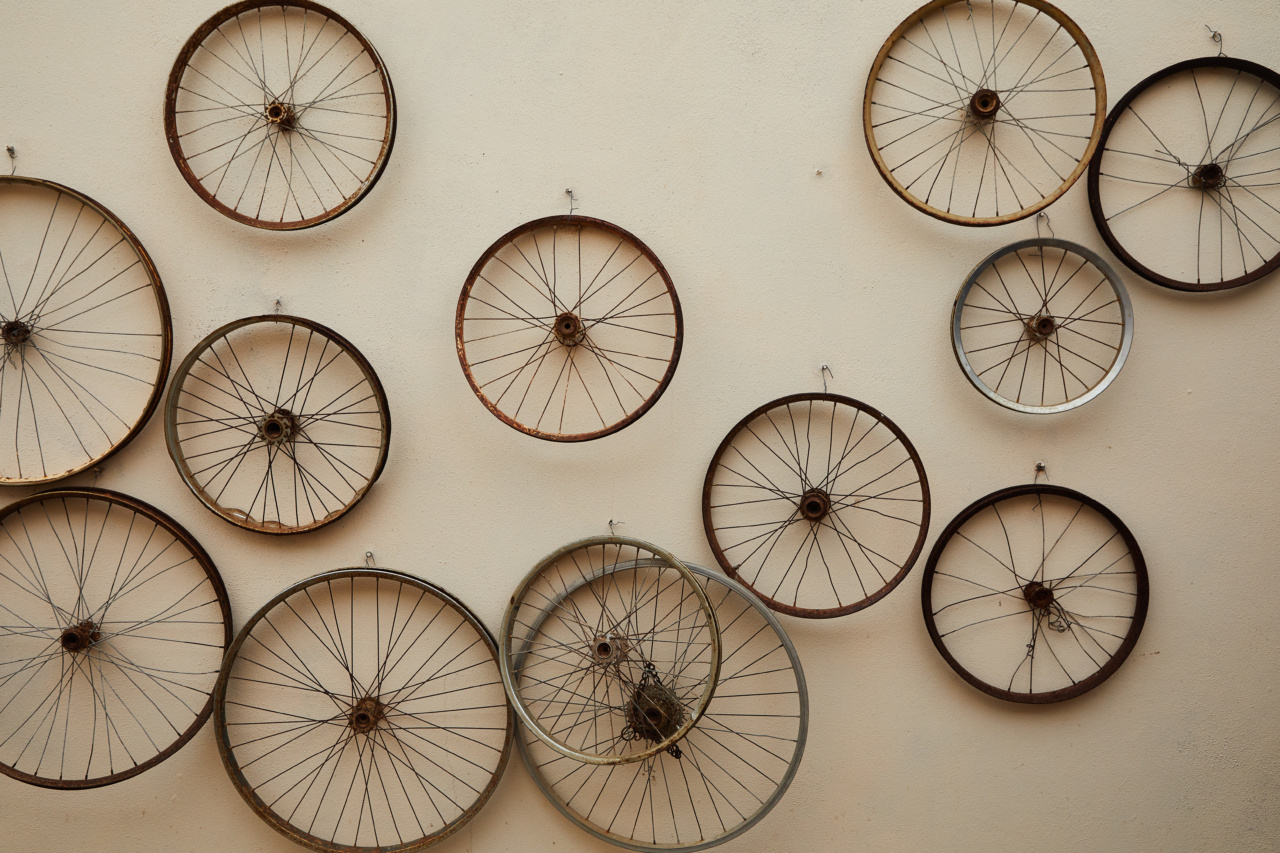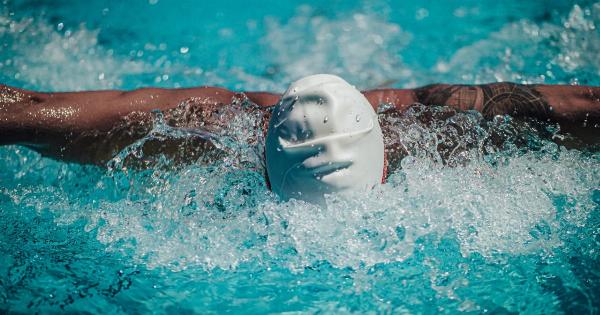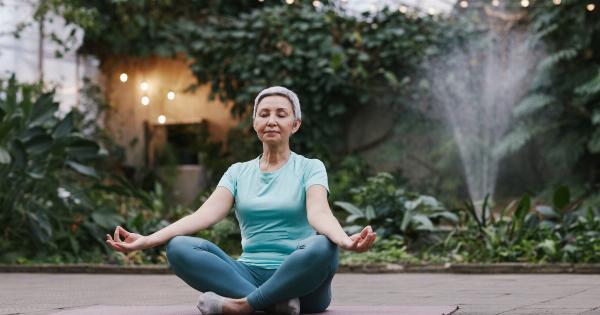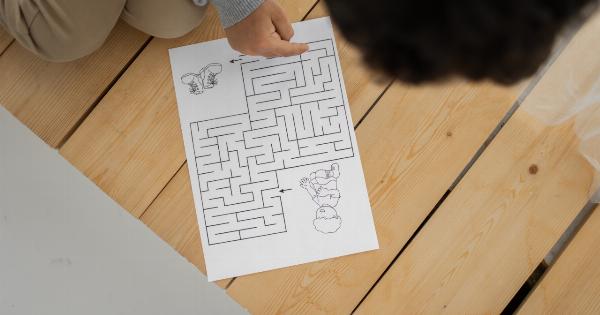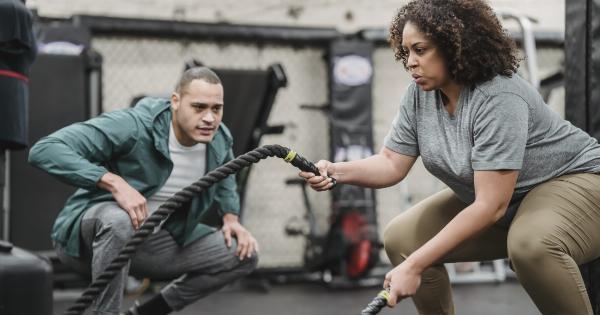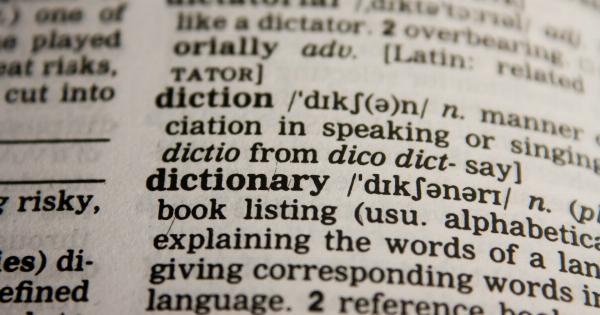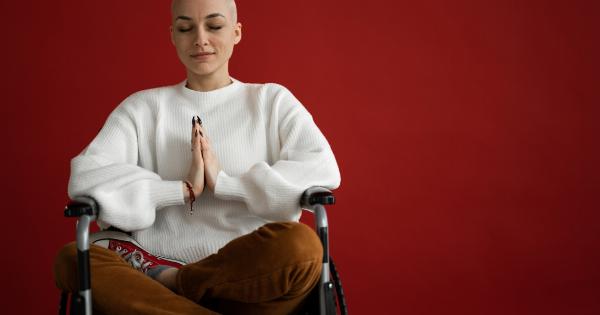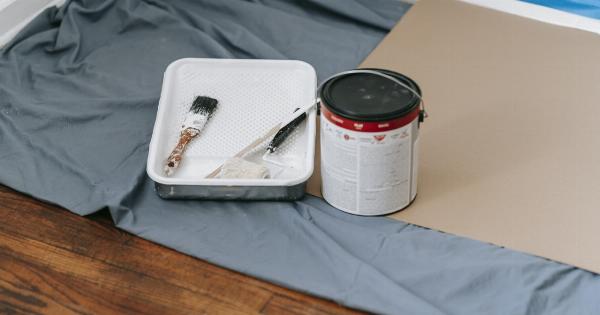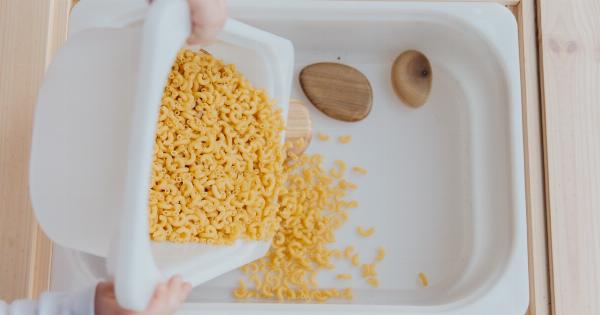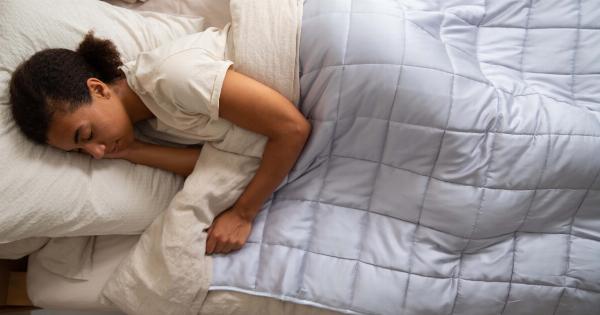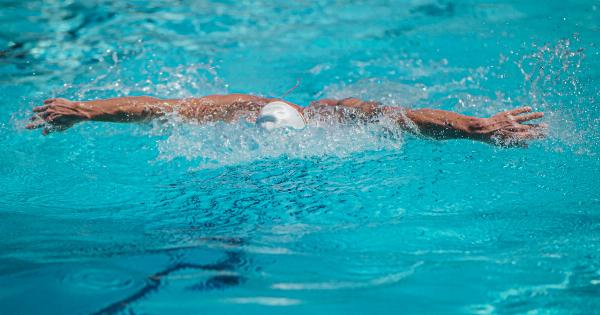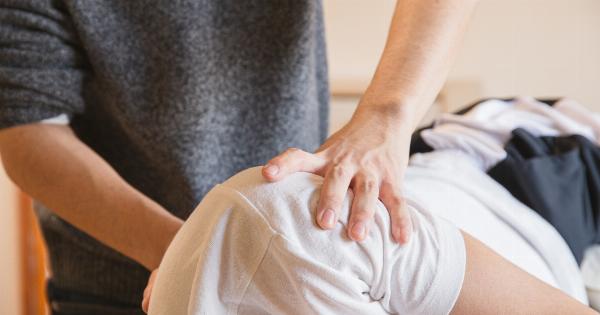Stroke is a leading cause of serious long-term disability and the fifth leading cause of death in the United States, according to the Centers for Disease Control and Prevention.
The effects of a stroke can range from mild to severe, and it can take months or years to fully recover. However, there is good news: research has shown that mild activity can help minimize stroke damage.
What is stroke?
Before we dive into how mild activity can help minimize stroke damage, let’s first define what a stroke is. A stroke occurs when blood flow to the brain is interrupted. This can happen in two ways:.
- Ischemic stroke: This is the most common type of stroke, accounting for about 87% of all strokes. It occurs when a blood clot blocks a blood vessel in the brain.
- Hemorrhagic stroke: This occurs when a blood vessel in the brain ruptures and bleeds into the brain.
Both ischemic and hemorrhagic strokes can cause brain damage. The extent of the damage depends on the severity of the stroke and how quickly medical attention is received.
How does mild activity help minimize stroke damage?
Research has shown that even mild activity, such as walking, can help minimize stroke damage. Here’s how:.
- Increased blood flow: Mild activity increases blood flow to the brain, which can help reduce the amount of damage caused by a stroke.
- Promotes brain plasticity: Mild activity has been shown to promote brain plasticity, or the brain’s ability to adapt and rewire itself. This can help the brain recover from a stroke.
- Reduces inflammation: Mild activity can also help reduce inflammation in the brain, which is a key factor in stroke damage.
- Improves mood: Mild activity can also improve mood, which can help stroke survivors feel more motivated and engaged in their recovery.
It’s important to note that mild activity should not replace medical treatment for stroke. If you experience symptoms of a stroke, such as sudden weakness, numbness, or difficulty speaking, seek medical attention immediately.
What are some examples of mild activity?
If you or someone you know has experienced a stroke, it’s important to talk to a healthcare provider about what types of activity are safe and appropriate. Here are a few examples of mild activity that may be recommended:.
- Walking: Walking is a low-impact activity that can be done indoors or outdoors. Depending on the severity of the stroke, walking may need to be done with assistance, such as a cane or walker.
- Range of motion exercises: Range of motion exercises involve moving the joints through their full range of motion to maintain flexibility and mobility.
- Stretching: Stretching can help improve flexibility and range of motion, and may help reduce the risk of muscle stiffness and spasms.
- Light resistance training: Light resistance training with resistance bands or light weights can help maintain muscle strength and prevent muscle atrophy.
How to get started with mild activity
Getting started with mild activity after a stroke can be challenging, but it’s important to start slow and gradually increase activity as tolerated. Here are a few tips to get started:.
- Talk to a healthcare provider: Before starting any new activity, talk to a healthcare provider to make sure it’s safe and appropriate. They can also provide guidance on how to get started and how to progress.
- Start with short sessions: Begin with short, 5-10 minute sessions of activity and gradually increase the duration as tolerated.
- Listen to your body: Pay attention to your body’s signals and stop any activity that causes pain or discomfort.
- Keep it enjoyable: Choose activities that you enjoy and that are enjoyable, such as walking with a friend or listening to music while stretching.
Conclusion
Mild activity can help minimize stroke damage by increasing blood flow, promoting brain plasticity, reducing inflammation, and improving mood.
It’s important to talk to a healthcare provider about what types of activity are safe and appropriate, and to start slow and gradually increase activity as tolerated. Remember, mild activity should not replace medical treatment for stroke. If you experience symptoms of a stroke, seek medical attention immediately.
